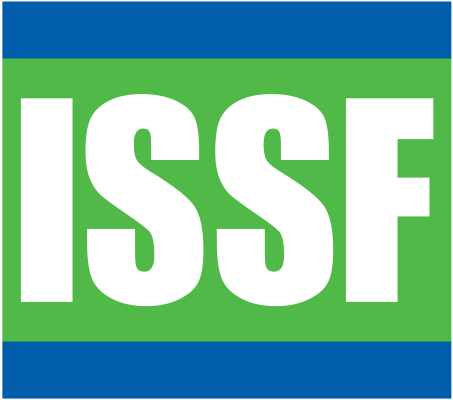Bird-scaring Lines
A bird-scaring line (BSL), also known as tori line or bird streamer line, is a line (often 100 meters, or 328.08 feet, long) that is towed from a high point near the stern. On the BSL, brightly colored streamers are suspended at regular intervals to deter birds from reaching the baited hooks and sinking baits, dramatically reducing seabird attacks and bycatch. The streamers flap as the vessel pitches and rolls, and this deters the birds from flying near the stern of the vessel.
Deploying a Bird-Scaring Line
Videos about deploying a bird-scaring line are available on YouTube at
https://www.youtube.com/watch?v=Lt1MAQtKzUU
It is recommended to attach BSLs to the vessel with a barrel swivel to reduce rotation of the line from torque created as it is dragged behind the vessel, and to attach long streamers with a swivel to prevent them from rolling up onto the BSL. The bird scaring line is most effective when the streamers are flapping directly above the baited hooks.
- The wind must be taken into consideration; if crosswinds blow the streamers to the side of the longline, then the baited hooks are exposed to the seabirds.
- If feasible, the most effective setup is to fly two tori lines, one to port and one to starboard of the baited hooks.
- It is also recommended to attach the BSL to the vessel with a weak link to allow it to break away if it is tangled with the main line. In this case, a secondary attachment between the bird scaring line and the vessel is recommended that will allow recovering the tangled BSL during the haul.
Given the operational differences in pelagic longline fisheries by vessel size and gear type, ACAP bird scaring lines specifications are different for vessels greater than 35 meters (114.83 feet) overall length (LOA) and those less than 35 meters (114.83 feet) in LOA.
Bird scaring lines (Photo: Sebastian Jimenez, Albatross Task Force, Uruguay)
Recommendations for Vessels ≥ 35 m (≥ 114.83 Feet) Total Length
The use of two BSLs simultaneously, one on each side of the sinking longline, provides maximum protection from bird attacks under different wind conditions. It is recommended to install BSLs as follows:
- To achieve the minimum recommended aerial extent of 100 m (328.08 feet), they should be attached to the vessel suspended from a point a minimum of 8 m (26.24 feet) above the water at the stern.
- They should contain a mix of brightly colored long and short streamers placed at intervals of no more than 5 m (16.40 feet). Long streamers should be attached to the line with swivels and should reach the sea surface in calm conditions.
- Baited hooks should be deployed within the area bounded by the two BSLs. If large vessels use only one BSL, it should be deployed windward of the sinking baits. If baited hooks are set outboard of the wake, BSL vessel attachment point should be positioned several meters outboard of the side of the vessel where the baits are deployed.
Recommendations for Vessels < 35 m (< 114.83 Feet) Total Length
On these vessels, two BSL designs have proven effective:
- A design with a mix of long and short streamers, with long streamers placed at 5 m (16.40 feet) intervals over at least the first 55 m (180.44 feet) of the BSL
- A design with only short streamers (no less than 1 m (3.28 feet) in length) placed at 1 m (3.28 feet) intervals along the length of the aerial extent
In both cases, streamers should be brightly colored. To achieve a minimum recommended aerial extent of 75 m (246.06 feet), they should be attached to the vessel and suspended from a point a minimum of 8 m (26.24 feet) above the water at the stern.

